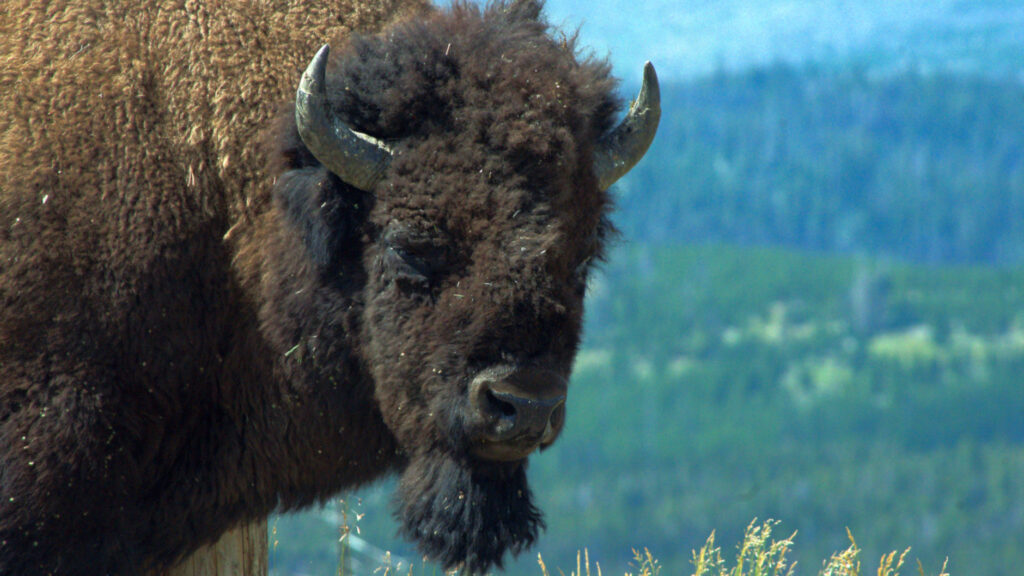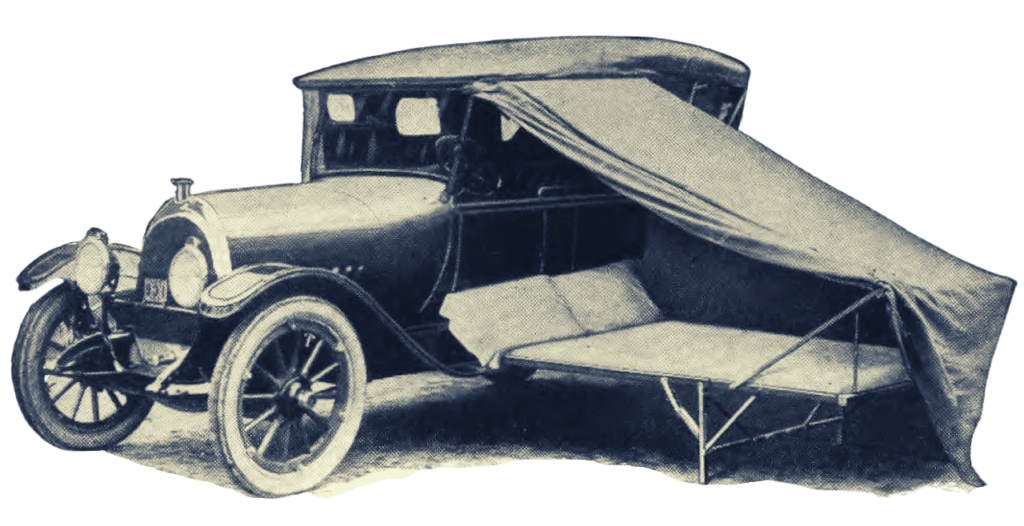Author: Mike Goad
Published: September 2, 2022
Camping and Travel Daily Image No. 71

Trailer camp opposite United Aircraft where many Pratt and Whitney workers live with their families because of housing congestion in and near Hartford, Connecticut
Housing for War Workers
Monthly Labor Review
June 1942
THE war housing program was started in the summer of 1940 to provide adequate shelter in areas of rapidly expanding war activities for the thousands of incoming workers in war industries and for families of enlisted men in the Army and Navy. By May 1942 more than $1,334,000,000 had been authorized for Federally financed homes for war workers. The public program on May 1 called for 322,700 regular family-dwelling units, 18,100 trailers, and portable houses, and 98,200 dormitory units in Federal projects in 43 States and the District of Columbia. This included some units for which funds were not yet available. Approximately half of the units were under construction contract or completed in May.
Like this:
Like Loading...
Author: Mike Goad
Published: September 1, 2022
Camping and Travel Daily Image No. 70

Bull bison (buffalo) on Mt. Washburn, Yellowstone National Park (a UNESCO World Heritage Site), Wyoming, August 18, 2014
We were surprised to see this lone bull bison in the parking lot (8,752 ft. elevation) at the end of Chittenden Road, the trailhead for the north trail to the top of Mt. Washburn (10,243 ft.). We have seen bison in a lot of different places in Yellowstone, particularly to the north of Mount Washburn in the Lamar Valley and to the south starting around Canyon Village. It just seemed odd to see this fellow in a more alpine setting.
Like this:
Like Loading...
Author: Mike Goad
Published: August 31, 2022
Camping and Travel Daily Image No. 69

1967 Split windshield VW camper van, State Street, Madison, Wisconsin, June 2, 2018 (Apple iPhone 6s)
Volkswagen Type 2
The Volkswagen Type was introduced in 1950 by the German automaker Volkswagen as its second car model. Following – and initially deriving from – Volkswagen’s first model, the Type 1 (Beetle), it was given the factory designation Type 2.
First generation (T1; 1950)
The first generation of the Volkswagen Type 2 with the split windshield, informally called the Microbus, Splitscreen, or Splittie among modern fans, was produced from 8 March 1950 through the end of the 1967 model year. From 1950 to 1956, the T1 (not called that at the time) was built in Wolfsburg; from 1956, it was built at the completely new Transporter factory in Hanover. Like the Beetle, the first Transporters used the 1100 Volkswagen air-cooled engine, an 1,131 cc (69.0 cu in), DIN-rated 18 kW (24 PS; 24 bhp), air-cooled flat-four-cylinder ‘boxer’ engine mounted in the rear. This was upgraded to the 1200 – an 1,192 cc (72.7 cu in) 22 kW (30 PS; 30 bhp) in 1953. A higher compression ratio became standard in 1955; while an unusual early version of the 30 kW (41 PS; 40 bhp) engine debuted exclusively on the Type 2 in 1959. Any 1959 models that retain that early engine today are rare. Since the engine was discontinued almost immediately, no spare parts were made available.
Read more at Wikipedia (Accessed 8/29/22)
Like this:
Like Loading...
Author: Mike Goad
Published: August 30, 2022
Camping and Travel Daily Image No. 68

A 1921 unique running-board combination bed and tent. When not set up, it was stored on the auto’s running board. “The Schilling bed measures 48 inches wide by 78 inches long and the complete outfit with tent and cover weighs 65 pounds.”
In the early 1900s, as more and more people were buying automobiles, many set out to explore in them, some going nearby and a few venturing far.
Atlas Obscura
How America Joined Its Two Great Loves,
Cars and the Outdoors
Accessed 8/29/2022
By the 1920s, there were thousands of auto camps—one estimate puts the number somewhere between 3,000 and 6,000—and more than 10 million people trying out life on the road. Where once camps were free, some started charging a small fee for nightly use, and privately run camps opened to compete with municipal ones.
Soon, more permanent structures, usually small, flimsy cabins, were going up on campgrounds—no tent needed—and “motor hotels” that catered to auto travelers began pulling away campers who had never been that enamored of sleeping on a cot bed in the first place.
At the same time, camps started making accommodations for car campers who couldn’t fit all their gear in a normal car and wanted to bring a trailer along with them. Within about two decades, Americans had gone from camping on the side of the road to inventing car camping, motels, and proto-RVs.
Like this:
Like Loading...
Author: Mike Goad
Published: August 29, 2022
Camping and Travel Daily Image No. 67

Woods’ rose bush on the bank of the Blue River, Silverthorne, Colorado, June 20, 2021
Rosa woodsii
Wikipedia
Accessed 8/29/22
Rosa woodsii is a species of wild rose known by the common names Woods’ rose, interior rose, common wild rose, mountain rose, pearhip rose, and prairie rose.
It is native to North America including much of Canada and Alaska and the western and central United States. It grows in a variety of habitats such as open woods, plains, stream banks, stony slopes and disturbed areas.
Rosa woodsii is a perennial bushy shrub which grows up to three meters tall. The shrubs can form large, dense thickets. The plant reproduces sexually by seed and vegetatively by sprouting from the root crown, layering, and by producing root suckers.
Like this:
Like Loading...






